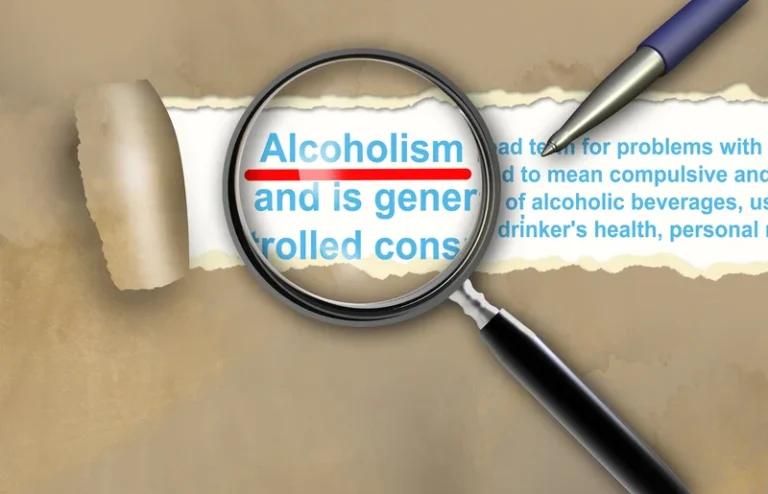Sorry, nothing in cart.
Alcohol, Aging, and the Stress Response PMC
- By Jeilo Collections
- |
- Sober living
- |
- 18 Views
- |
- 0 Comment

Research shows that older people may turn to alcohol as a result of changes in their circumstances1. This could be because they retired and don’t have as much to occupy their time, because they’re less mobile and can’t get out to socialise as much, or because they’re mourning the loss of a loved one. About a quarter of all adults report drinking more than the recommended weekly limit of alcohol. Hard seltzer is the popular summer beverage that’s taken the US and now Britain by storm. We burst the bubble on many of the health myths surrounding this fizzy alcoholic drink. This is a very common problem in older people, especially women – 1 in 2 women and 1 in 5 men over 50 will break a bone because of osteoporosis.

Alcohol Consumption as a Factor of Cognitive Decline and Changes in Brain Plasticity
Another subfield analysis conducted cross-sectionally in AUD subjects abstinent from alcohol for 3–60 months found significant volume deficits in AUD relative to controls in the subiculum, presubiculum, and fimbria in addition to the whole hippocampus (Lee et al., 2016). Evidence for AUD-related hippocampal involvement has clear implications for the emergence of dementia-like symptoms of explicit memory impairment in older men and women with AUD. Early MRI studies embraced volumetric quantification and semi-automated segmentation of different tissue classes, CSF spaces (ventricles and sulci), and brain structures. The study, published in Alcoholism Clinical and Experimental Research, utilized five different epigenetic clocks, a measure of an individual’s biological age, and examined the effects of varying levels of alcohol consumption on biological age.

Dose-response relationship of alcohol and injury cause: Effects of country-level drinking pattern and alcohol policy

Early studies used crude imaging and analysis methods based on inferior image quality, poor registration across scanning sessions, and linear (rather than volumetric) measurements made on Polaroid photographs of CT slices. Ample cross-sectional data indicate that regional volume deficits are consistently forthcoming in controlled, quantitative study, and correlational evidence is accruing to support accelerated aging of the brain in AUD subjects. Establishing excessive alcohol consumption as a causative factor of observation-identified volume deficits, however, requires longitudinal examination. Ideally, investigations would be prospective, that is, conducting MRI before initiating drinking and then following drinkers henceforth. Given the potential role of ALC in the aging process, it is important to gain a better understanding of this relationship on a molecular, epigenetic level.
- As outlined in the sidebar “ Chronic Alcohol Consumption and Aging” (see pp. 281–283), aging likely alters the organism’s physiological and psychological responses to alcohol.
- The study looked at the genetics of nearly a quarter of a million people in the U.K., focusing on telomeres, the protective cap at the end of chromosomes.
- A U.S. Veterans cohort study of more than 4000 women, age 55 years and older, who did not express symptoms of dementia at initial study, were followed for an average of four years to determine whether those with AUD (half of the sample) had an increased risk of developing dementia.
- Over time, it also can damage the cerebellum, the area in your brain that handles balance and coordination.
- Mixing alcohol with opioids or benzodiazepines like diazepam (Valium) is one potentially deadly combination.
- 5The terms “tolerance” and “habituation” both refer to the same phenomenon—the diminished response to a certain stimulus.
- These accelerated aging effects — including high cholesterol, heart problems, arthritis, and early onset dementia — can be passed down from either mom or dad individually, but they become worse when both parents have an issue with alcohol abuse, especially in male offspring.
Biological Psychiatry

Although the relationship between ALC and aging has not been extensively studied using Horvath’s epigenetic clock, Quach et al.15 found a small negative correlation of age acceleration with moderate alcohol consumption in blood in an analysis of behavioral and lifestyle factors15. Similarly, an analysis using blood samples and a blood-specific epigenetic clock developed by Hannum revealed accelerated biological aging in light and heavy drinkers, and a deceleration in moderate drinkers16. Although these studies provide interesting preliminary findings, more specific studies focusing on alcohol consumption as the primary exposure are required to better understand the role of both moderate and heavy alcohol consumption in aging on the molecular does alcohol accelerate aging level. Consequently, tolerance development to alcohol must result primarily from an overall decrease in the organism’s response to a given amount of alcohol after repeated alcohol consumption (i.e., functional tolerance). As indicated in the study by Spencer and McEwen (1997), this functional tolerance appears to develop more slowly in aged rats than in younger ones, providing some important clues to the aging process in general and to adaptation mechanisms to alcohol in particular. Researchers have examined several factors that may contribute to functional tolerance development, including direct changes in the cells’ response to alcohol, as well as changes in various systems that may help the body compensate for alcohol’s effects.
- In addition, age-related changes at the cellular level may contribute to the body’s decreased ability to adapt to repeated alcohol exposure.
- In this interview conducted at Pittcon 2024 in San Diego, Maria Marco discusses her research on the health benefits, safety, and waste reduction potential of fermented foods, and the microbial processes involved in their production.
- A large-scale study focused on frontal lobe volumes in 1432 individuals, who either refrained from drinking or drank alcohol at light, moderate, or heavy levels but were not deemed with an alcohol disorder (Kubota et al., 2001).
- The National Epidemiological Survey on Alcohol and Related Conditions (NESARC) (Grant et al., 2017) identified substantial increases in the incidence of alcohol use disorder (AUD) in the United States.
- The two principal stress response systems in both humans and other animals are (1) a part of the nervous system called the sympathetic nervous system and (2) a hormone system called the hypothalamic-pituitary-adrenal (HPA) axis.
- Older adults who drink alcohol on a regular basis are at higher risk of dying from cancer, according to a large new study in the United Kingdom that found people with health issues or lower socioeconomic status are particularly vulnerable.
- Exaggerated aging may result from a person’s increased vulnerability to the pathophysiological changes that emerge during approximately the sixth decade of life, such as brittle bones (i.e., osteoporosis), adult onset diabetes, cognitive decline, and shrinkage (i.e., atrophy) of muscle tissue.
- People generally believe that a “ hard life” (i.e., one fraught with difficulties, including repeated exposure to stressful situations) can lead to premature aging.
Observations of disproportionately higher diffusivity with older age marked groups with AUD (e.g., Pfefferbaum et al., 2006a). An early study using TBSS to explore regional effects of AUD on white matter systems found low FA and high diffusivity in frontal, limbic, and commissural circuitry that correlated with low scores on a visuospatial memory test (Yeh, Simpson, Durazzo, Gazdzinski, & Meyerhoff, 2009). Other TBSS analyses have revealed widespread FA deficits also related to older age of AUD individuals (but see Pandey et al., 2018) but not to sex or years of heavy drinking (Kisner et al., 2021). By contrast, another study reported that in women but not men with AUD, lower scores on a latent white matter factor calculated from FA values in five pre-selected tracts correlated with a higher proportion of days drinking over the previous 60 or 90 days (Monnig et al., 2015). DTI has also revealed FA deficits in women with AUD who did not exhibit volume deficits in the underlying white matter macrostructure (Pfefferbaum & Sullivan, 2002).
You Can Drink, But …
Increased risk of dementia in older female US veterans with alcohol use disorder


Leave a Reply